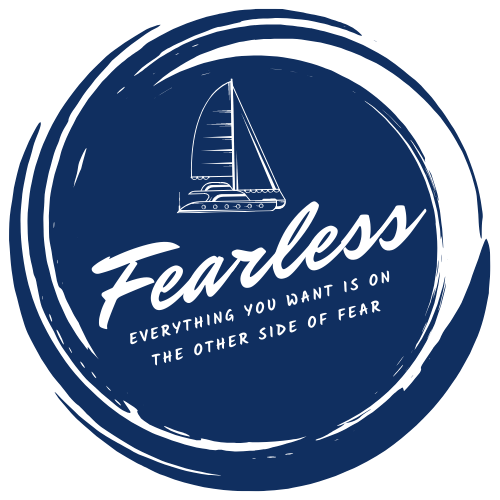
Panama City – Big Tidal Ranges
The tidal range on the south side, or Pacific side, of the Panama Canal is extreme compared to the Colon side. Although wind-driven waves and gusty trade winds are the norm in the western Caribbean, tides were never much of a factor. The surge in the marinas (La Playita or Flamenco) at the end of the Amador Causeway is particularly bad, especially in the month of February. Another cruiser spoke with a local about this, and he learned that certain conditions conspire to make the surge more noticeable, and more destructive. Prepare to get jerked around and tossed about. If not for needing new passports and some maintenance on our air conditioning systems, we would have gladly skipped the entire marina experience.

Tidal Surge in the Marina
I had read about the bigger tides, but seeing is believing. The kids and I put a piece of tape on the piling at La Playita at the high tide point. This wasn’t even the lowest tide we exprienced, so take the tidal ranges seriously.

Tide Range at the Fishing Pier downtown
Andi took this footage of the fishing pier. All of these boats have outboard motors and are designed to be left high and dry.
Back in the Caribbean, we rarely paid attention to tides given the small ranges. Not so anymore. Tide going to be a big factor in all of our planning going forward.

Don't Anchor Near the Beach at High Tide
We can only assume that these guys did not anchor in close to the beach at the foot of the Amador Causeway with the the idea that they could clean the hulls at low tide. The way their rudders are buried in the muck would be too much of a risk to take, so this had to be an “oops” moment. At least they have direct drive props, but even so, the chance of breaking or clogging something is pretty good. This was a stern warning to us as we look at future anchorages.



